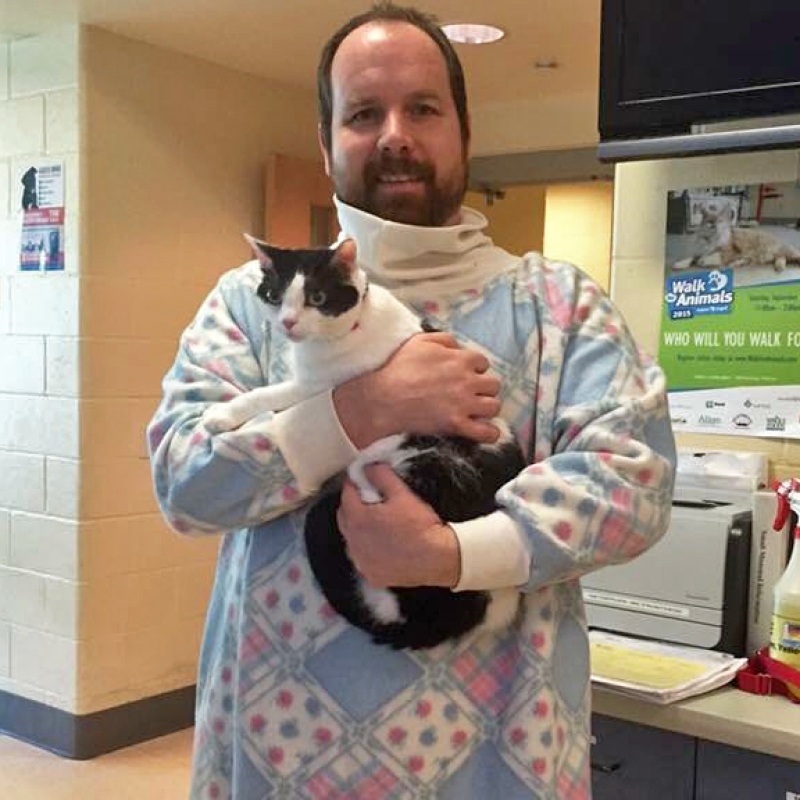
Interview! Mike Keiley (MSPCA) & Carmine DiCenso (Dakin Humane Society), “The Mike & Carmine Show,” Part I
July 14, 2018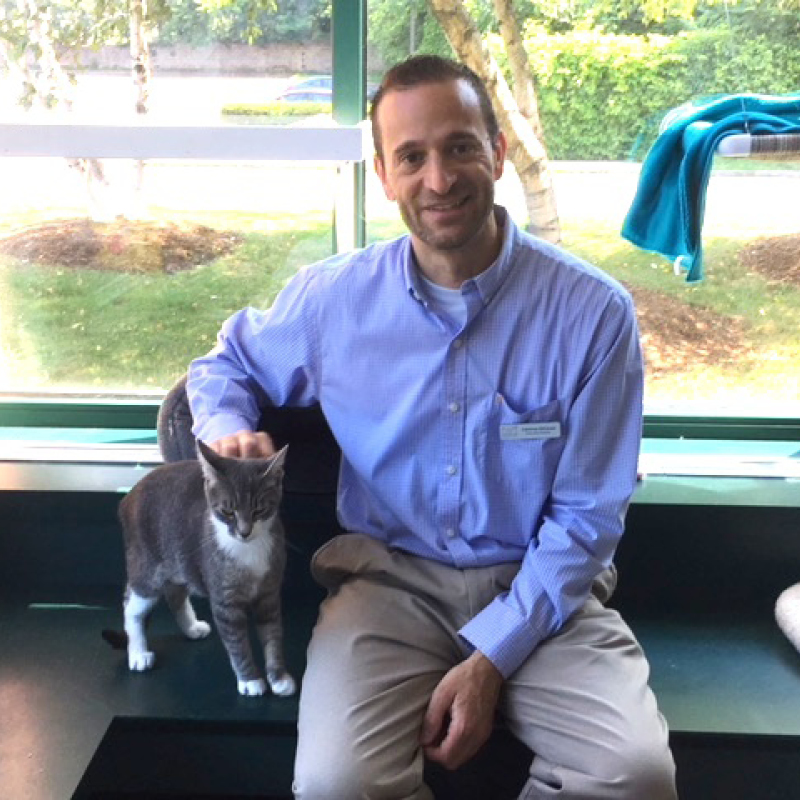
Interview! Mike Keiley (MSPCA) & Carmine DiCenso (Dakin Humane Society), “The Mike & Carmine Show,” Part 2
July 21, 2018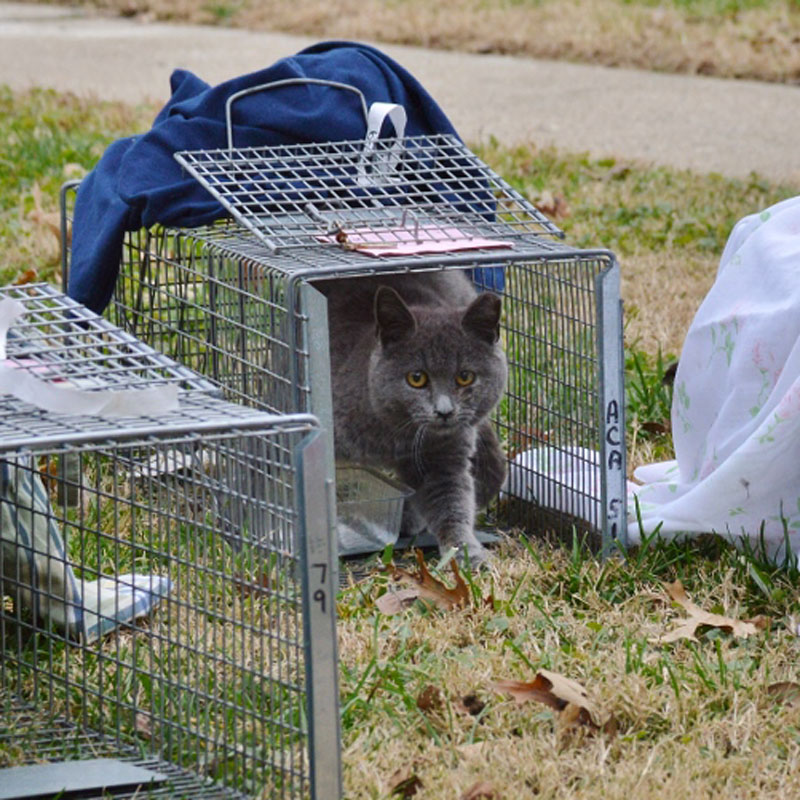
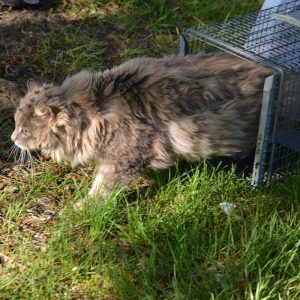 Even though I am doing the Community Cats Podcast, Community Cats grants, and running an online conference, I still stay as involved as possible with small organizations trying to do the best that they can for community cats.
Even though I am doing the Community Cats Podcast, Community Cats grants, and running an online conference, I still stay as involved as possible with small organizations trying to do the best that they can for community cats.
Many of you know I do a lot of work with a group called HubCats Chelsea. Chelsea is a small city north of Boston with a lot of ethnic and economic diversity. This is an area in Massachusetts that still has a lot of community cats. In early June, there was a three-day period where their trapper, Carole, brought in 36 kittens — and she still had 20 litters of kittens on her list needing trapping. In Massachusetts, we luckily do have the ability to transfer cats and kittens to adoption partners pretty easily (HubCats doesn’t do adoptions), but there are still cats and kittens that need assistance in New England.
As “return to field” becomes more the norm than the exception, I sometimes wonder if are we really doing what needs to be done for that “returned” cat? Do we have the extra level of due diligence needed for that cat as we do for a dog? I know there isn’t an easy answer.
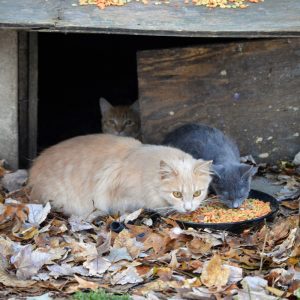
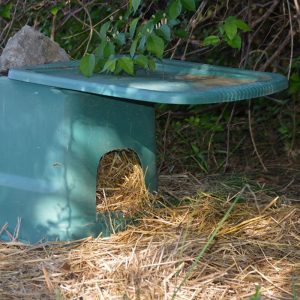 If a cat appears healthy and is feral, then the answer is pretty simple: TNR. If we are looking at the gray areas of semi-feral kittens, barn relocation (and relocation in general) and adult friendly cats, however, then things aren’t as simple. We need to keep in mind that return to field kittens, and cats/kittens that are relocated or placed in barns generally have about a 50% survival rate. In light of that, we need look at options for these cats with our transfer partners and through our adoption programs, including free adoption days.
If a cat appears healthy and is feral, then the answer is pretty simple: TNR. If we are looking at the gray areas of semi-feral kittens, barn relocation (and relocation in general) and adult friendly cats, however, then things aren’t as simple. We need to keep in mind that return to field kittens, and cats/kittens that are relocated or placed in barns generally have about a 50% survival rate. In light of that, we need look at options for these cats with our transfer partners and through our adoption programs, including free adoption days.
Community cats ultimately exist because there are people in the community in need of assistance and support for their cats that they did not or are not getting. Is returning cats to the field really helping the community at large and their cats?
What are your thoughts about TNR and return to field? I would like to find out more about your programs.




